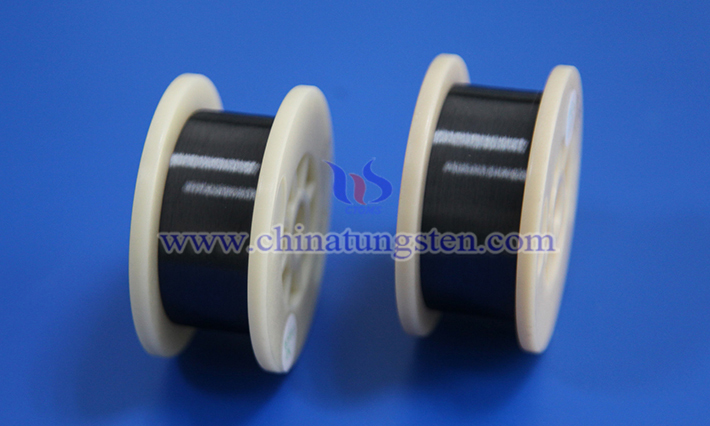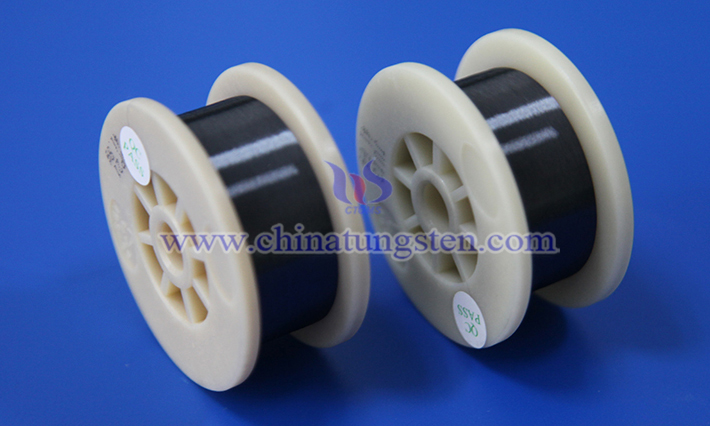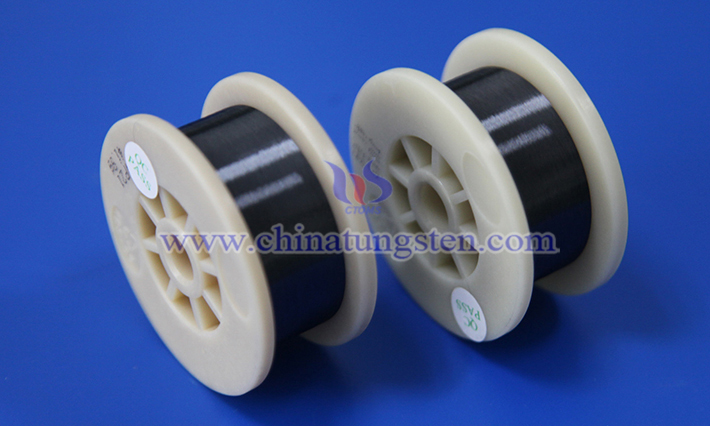Tungsten Wire for Defrosting Glass
- Details
- Category: Tungsten Information
- Published on Wednesday, 02 July 2025 19:03
- Written by Zhenghua
- Hits: 193

Defrosting glass usually uses tungsten wire as a heating element because tungsten has a high melting point, high temperature resistance and good conductivity, which is suitable for generating uniform heat on the glass surface or in the interlayer to remove frost or ice.
Tungsten Wire for Anti-fog Glass
- Details
- Category: Tungsten Information
- Published on Wednesday, 02 July 2025 19:01
- Written by Zhenghua
- Hits: 208

Anti-fog glass usually prevents fog condensation by embedding or coating a conductive material (such as tungsten wire or conductive film) on the glass surface and heating it with electricity. Tungsten wire is often used as a heating element in anti-fog glass systems that require heating, such as car rearview mirrors, bathroom mirrors or refrigerator glass doors, due to its high melting point, high resistivity, high temperature resistance and corrosion resistance.
Steps For Heating Glass with Tungsten Wire
- Details
- Category: Tungsten Information
- Published on Wednesday, 02 July 2025 18:53
- Written by Zhenghua
- Hits: 181

Using tungsten wire to heat glass is usually used in laboratories or small process scenarios (such as glass tube sealing, wire drawing or local forming) because tungsten wire can provide high temperature and local heating. The following are typical steps for heating glass with tungsten wire:
Role of Tungsten Wire in Electric Heated Glass Windows
- Details
- Category: Tungsten Information
- Published on Wednesday, 02 July 2025 18:56
- Written by Zhenghua
- Hits: 195

The main role of tungsten wire in electric heated glass windows is to act as a heating element. By using its high resistance and high temperature resistance, the glass windows are heated by the resistance heat generated when the current flows through the tungsten wire to meet the various functional requirements such as anti-fogging, defrosting and temperature regulation.
Read more: Role of Tungsten Wire in Electric Heated Glass Windows
Advantages And Disadvantages of Using Tungsten Wire to Heat Glass
- Details
- Category: Tungsten Information
- Published on Wednesday, 02 July 2025 18:51
- Written by Zhenghua
- Hits: 207

Tungsten wire heating glass is suitable for processes that require high temperature and precise temperature control. The advantages are high efficiency and durability, but the problems of oxidation, cost and equipment complexity need to be solved. In practical applications, it is necessary to weigh the use according to the specific process requirements. The advantages and disadvantages of using tungsten wire to heat glass are as follows:
Read more: Advantages And Disadvantages of Using Tungsten Wire to Heat Glass





 sales@chinatungsten.com
sales@chinatungsten.com